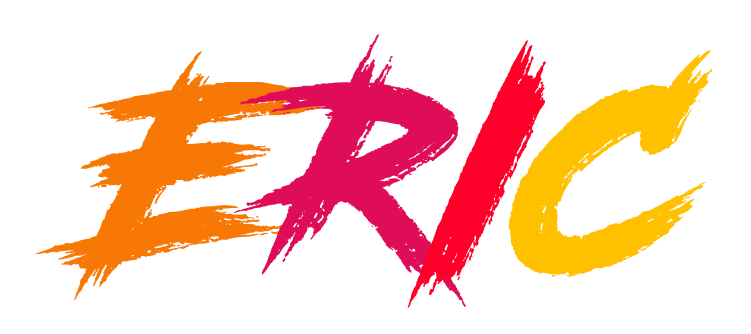The Creator Economy
The Creator Economy is not a *new* term. But aside from business, not many people refer to it as that in casual conversation, so it may have been one that you've missed.
The creator economy refers to the growing number of people who are making a living by creating and sharing content online, often through platforms such as Instagram, TikTok and Youtube.
A recent mind-blowing fact about the creator economy, is that; as of 2022, the creator economy market size is estimated at $104.2 billion, more than double its value since 2019🤯
Many creators are able to earn a substantial income through advertising revenue, sponsorships and the like. The Creator Economy exploded during COVID, with careers all of a sudden being based at home, and people spending more time on their passions. The thing is, why wouldn't you? If you enjoyed creating content and could do it all from the comfort of your own home, it seems like a pretty good option.
The Creator Economy has absolutely switched the creative industries on its head, with industries like Marketing, Advertising and PR having to be on top of their game to stay on par with the hundreds of thousands of creators that are streaming from TikTok and Instagram.
But how has the Creator Economy really affected the creative industries?
- Brands are now focusing on the power of creators and influencers to drive impact.
- Millennials represent 42% of the Creator Economy. By comparison, Gen Z represents 14%.
- Influencers make up only 14% of the global creator economy.
- The Creator Economy has unlocked new full and part-time professional opportunities. Particularly for Gen Z and millennials who are drawn to less traditional careers.
- 17% of creators are business owners, while 39% aspire to become a business owner one day.
(Stats taken from Enterprise Times)
So, where will the creator economy go from here?
According to Dayna Winter at Shopify:
'The instability of the systems that underpin the creator economy is balanced by promising trends toward more independence for creators. The increase in adoption of remote work and polywork, and the slew of features and tools that accelerate the creator-to-founder lifecycle, are cause for optimism.
The creator economy’s bright future is best exemplified by the success of underrepresented creators, historically victims of bias and tokenisation at the hands of institutions. Many are now accessing equally underrepresented audiences hungry for faces that look like theirs and content that reflects their lived experiences'.
So by the sounds of it, the only way is up...
We’ll keep you updated on the ins and the outs of one of the most up and coming sectors of the creative economy.

